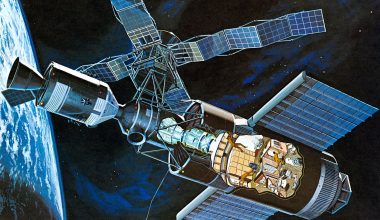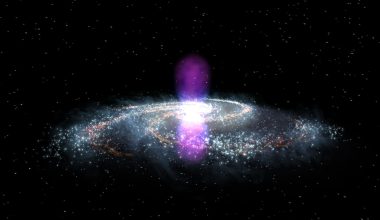As we all know technology is growing swiftly worldwide. Because of diverse innovative inventions and technologies, the discovery and study of various topics and things have become quite effortless. Now astrologers have tried very hard to find out new things present in the universe that are not known yet. Here is a list of some of the amazing space and astronomy discoveries of the 21st century,
Space And Astronomy Discoveries Of The 21st Century
1. Exo-planets
One of the amazing space and astronomy discoveries was first noticed in 1917 and finally approved in 1992, the planets that exist and subsist in the exterior of the solar system are exo-planets and are also renowned as extrasolar planets. These rotate on all the sides of stars not the sun and are more than 4878 in number. Based on size, orbital position, and weight, exo-planets can be classified into diverse categories.
Even a spaceship named Kepler was also launched by NASA only for the principle of studying exo-planets more intensely. Some planets that are moved from the star system and suspended liberally in the sky are rogue planets. Even exo-planets are known to have an atmosphere and life like many other planets of the solar system.
Also Read: Top 10 Most Strange Things To Fall From Outer Space
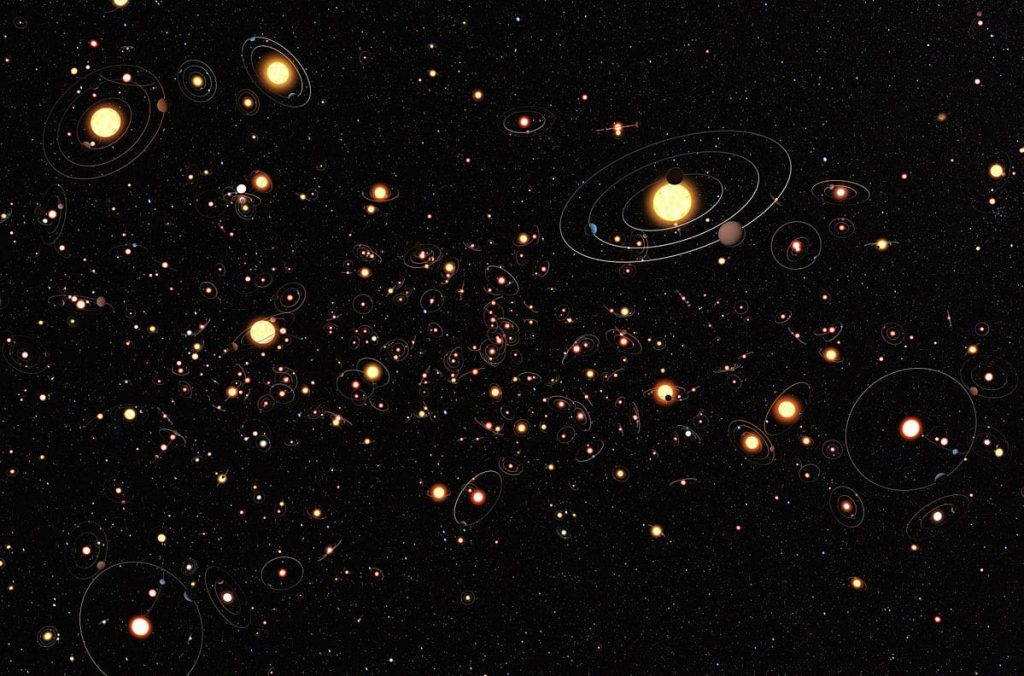
Image Source: Wikimedia
2. Stars
Billions of bright, shining, and colossal spheres made up of plasma are present in the universe and are called stars. Also, about a trillion stars are known to be there in the Milky Way Galaxy. Although most of the stars are present in groups still some are present alone in the sky. Sun is also a star of our solar system. Also, the bigger the size of the star, the smaller will be its life. These blistering balls held by gravity face diverse nuclear fusions inside them which eventually result in the emission of light.

3. Black Holes
An extremely dense area facilitating everything even light to pass through it just because of its great gravitational force is a black hole. This term was first used by Albert Einstein in 1916 and later the first black hole was discovered named Cygnus X-1. Being so dense, dark, and black looking into a black hole and recurring safely from this spiral is almost impossible.
A common mistaken belief about black holes is that they suck the things coming their way but actually, it is not true. It can generate energy even larger than the sun. Even a black hole is also present at the core of our Milky Way Galaxy.
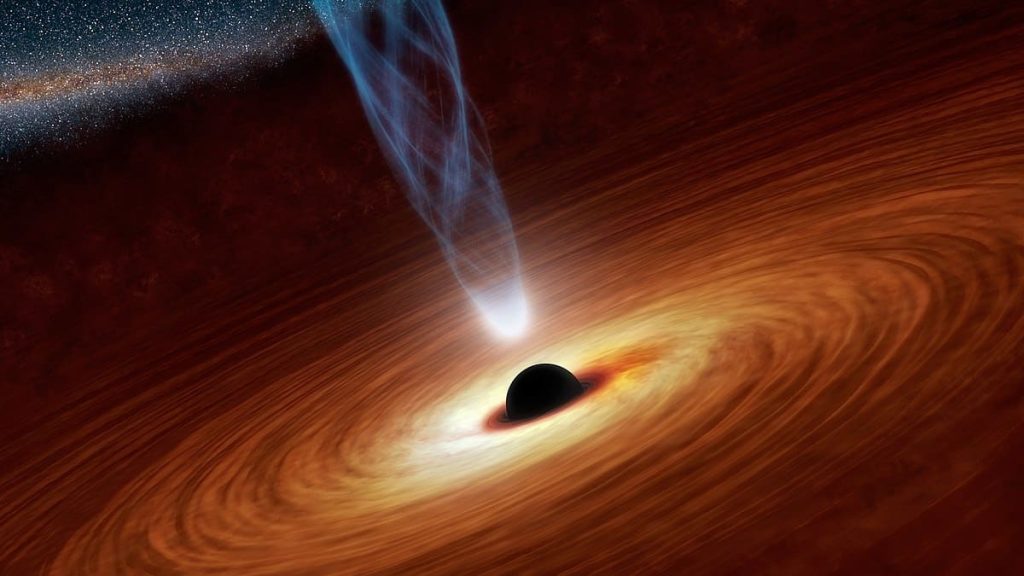
4. Galaxies
Millions to trillions of stars, gas, dust, and dark materials all present together by the force of gravity form a galaxy. The galaxy is having trillions of stars all revolving around a center point of high gravity. Among two trillion galaxies present in the whole universe, our galaxy is known as the Milky Way Galaxy.
With almost 300 billion stars, the Milky Way is having a spiral shape and is a group of 3000 galaxies. Rotating at a speed of 250 km per second, the Milky Way Galaxy takes 200 million years for one complete revolution. Almost all galaxies have a black hole at their core including the Milky Way Galaxy.
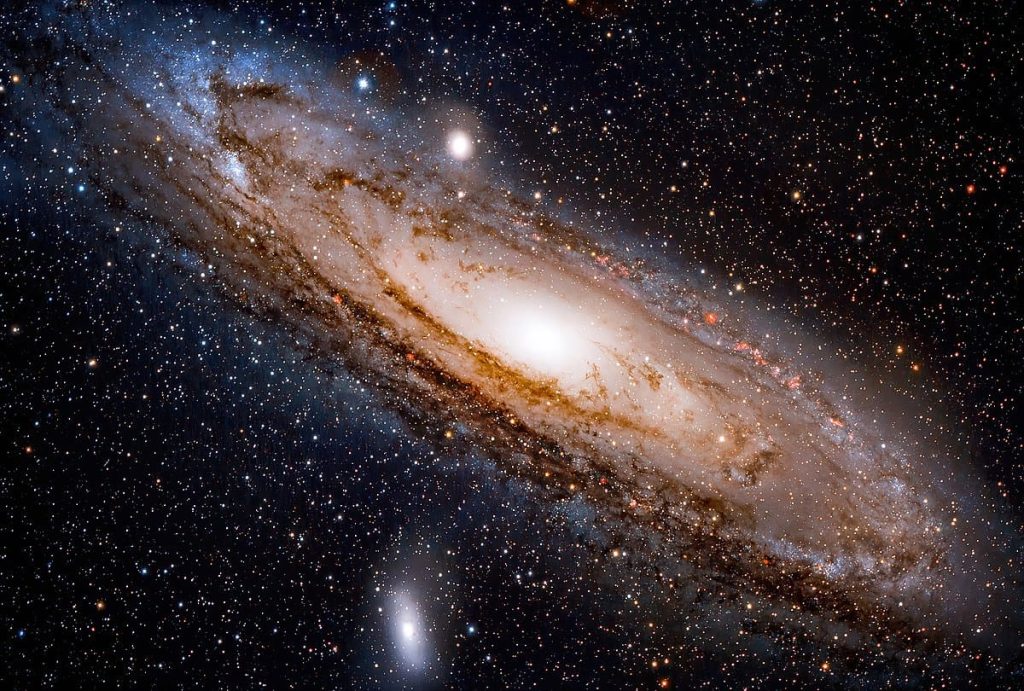
Image Source: Wikimedia
5. Alien life
The life that does not originate on Earth is known as alien life. Also known as extraterrestrial life, prokaryotes and beings are included in it which is much more complex than human life. Though no extraterrestrial life has been discovered yet Drake equation tells a little about the occurrence of life in the universe. The study of alien life is known as astrobiology which comprises studying the origin of life. This life has impacted a lot of people and people are more and more inquisitive to know about aliens.
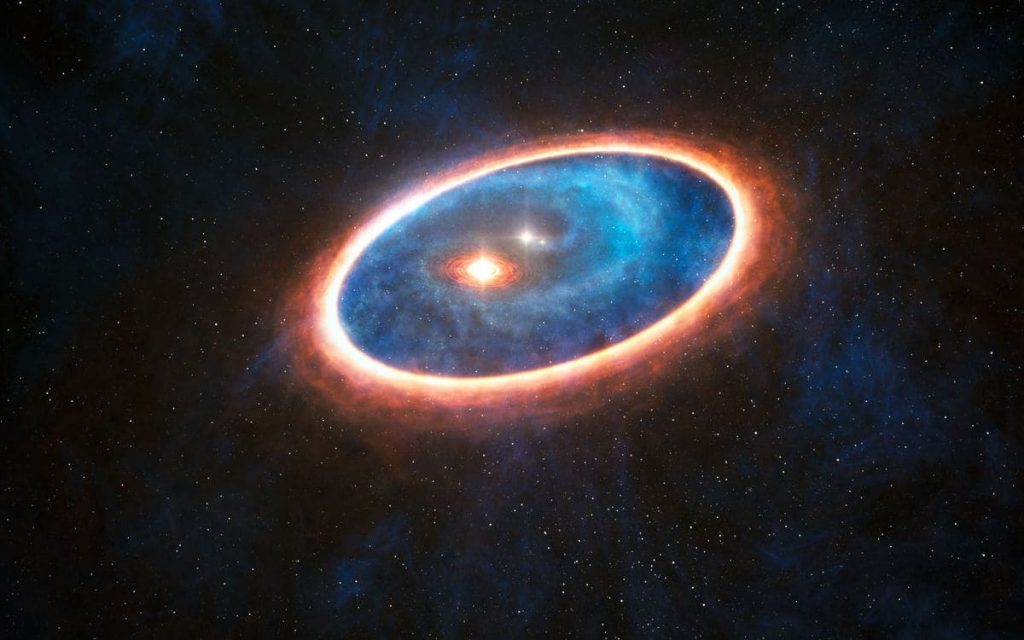
Image Source: Wikimedia
6. Ice space
The normal temperature on the earth is around 57 degrees Fahrenheit but you would be surprised to know that in space temperature is below -270 degrees Celsius which forms ice on the other planets also. On Earth, we can sense ice on the Northern and Southern poles but in space, the moon, planets, and comets are considered cold places having ice. The occurrence of ice gives the indication of the existence of water on the other planets which gives the hope of the possibility of survival on many other planets also.
Also Read: Top 10 Brightest Objects In The Solar System

Image Source: NASA Goddard Space Flight Center
7. Dark energy and dark matter
Less than 5% of the cosmos in the universe is covered by atoms and light and the rest of the space is full of dark matter and dark energy. It is invisible but dominates the universe. The mass of galaxies is made up of dark matter and it controls the way how galaxies are structured the influence that drives the expansion of the universe is termed dark energy. It is one of the most amazing space discoveries in the world.
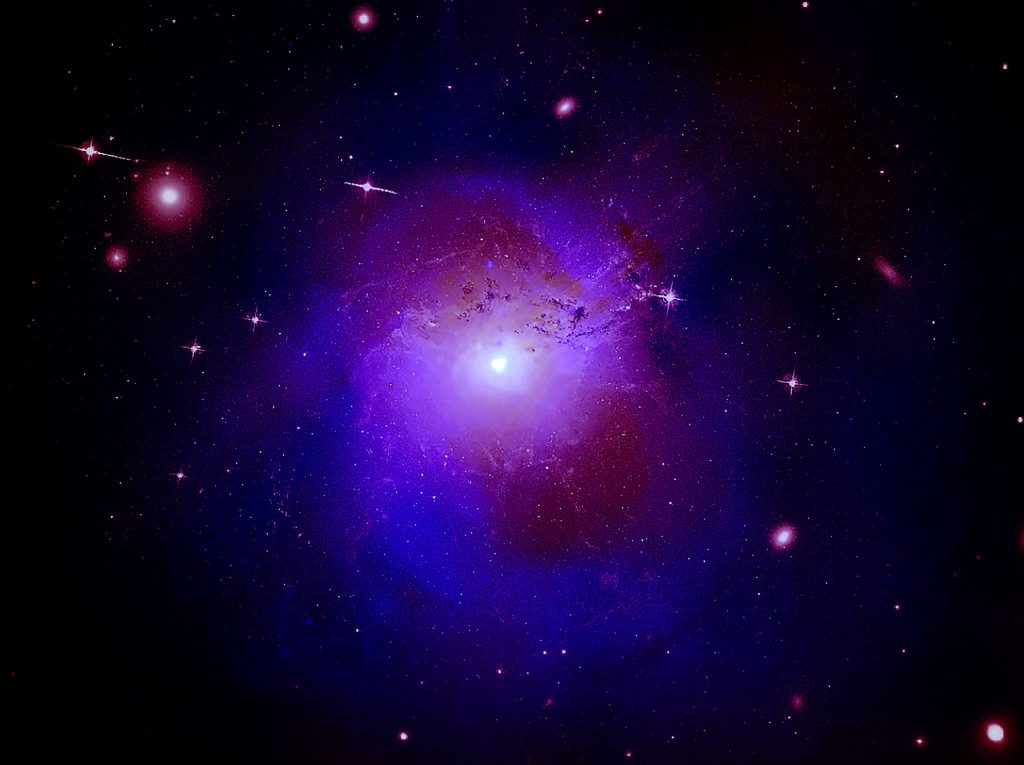
8. Quasars
One of the amazing space discoveries a quasar is essentially the nuclei of galaxies in the universe that go through extreme brightness due to which it is visible across a great distance. Initially, 3C 273 Quasar was found in 1950 and now almost 500000 quasars are known to be present.
Known as Quasi-Stellar Radio Sources, Quasars are 100 times brighter than the Milky Way Galaxy and liberate light rays, radio waves, and x-ray waves. Located at a distance of billion light years, quasars die after a particular period. From Earth, Quasar appears very akin to a star but in actuality, Quasar is different from the stars.
Also Read: Top 10 Biggest Things In The Universe
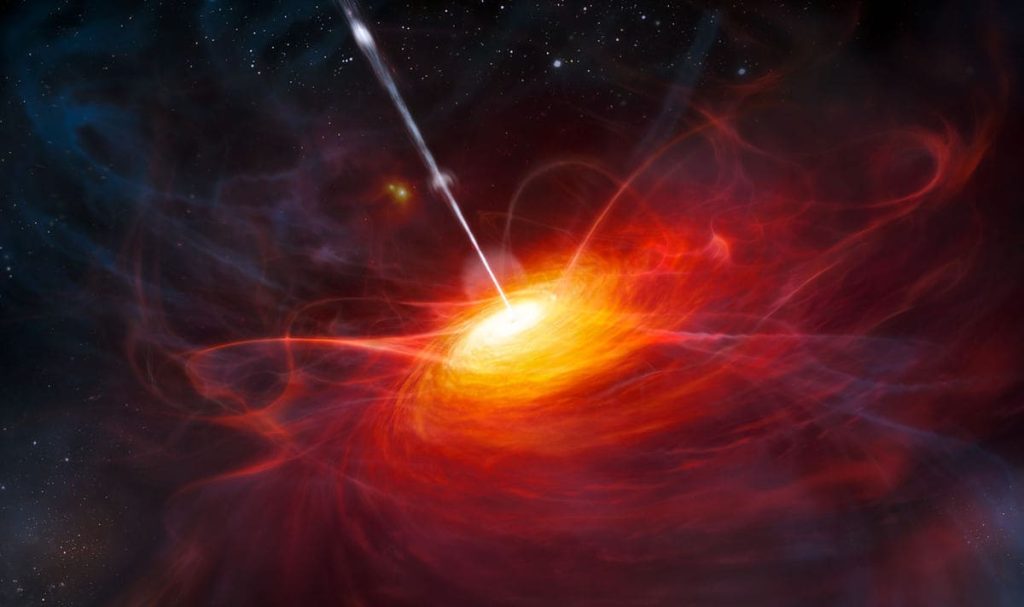
9. Asteroids and comets
A vast material usually made up of rocks and located in the asteroid belt moving around the sun is termed an asteroid. Asteroids are sometimes also referred to as minor planets having various shapes and sizes with a diameter of fewer than 48 km. The small freezing balls consisting of ice, gases like methane, ammonia, water, and dust seen in the Oort cloud and Kuiper Belt are known as comets. Having very little rocky content, comets are at times referred to as dirty snowballs.
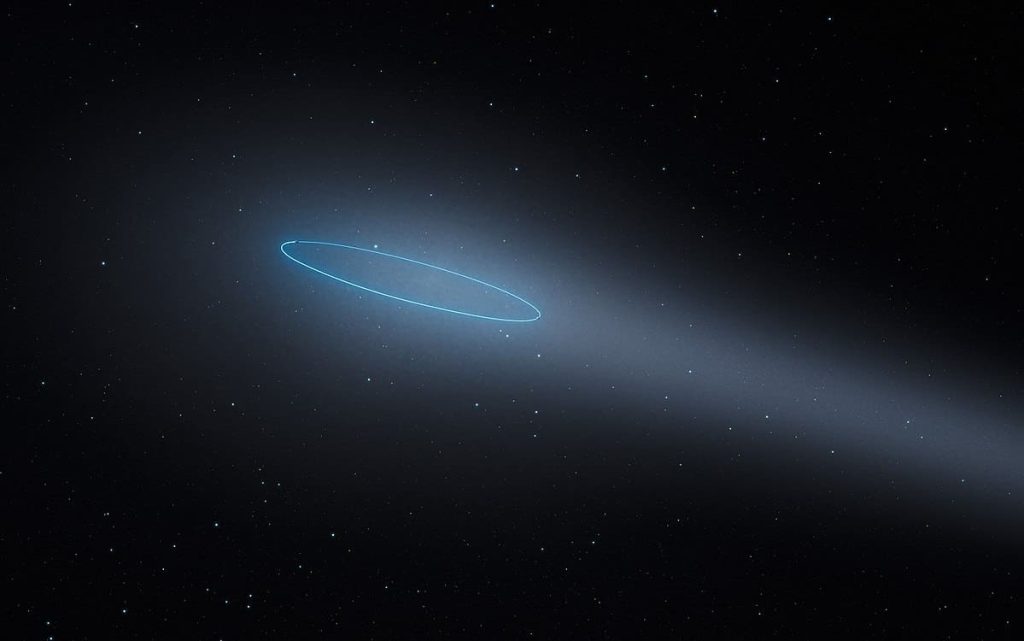
10. Distance (light year)
A unit that is used for conveying and measuring the distance between various objects in the massive solar system is the light year. Materials like planets, stars, comets, and many more are placed at a distance of millions or trillions of light years away from the Earth. Measuring the distance of light traveled in each year, a light year is the measure of distance, not the time. Light moves at the fastest speed of about 299792458 meters per second.
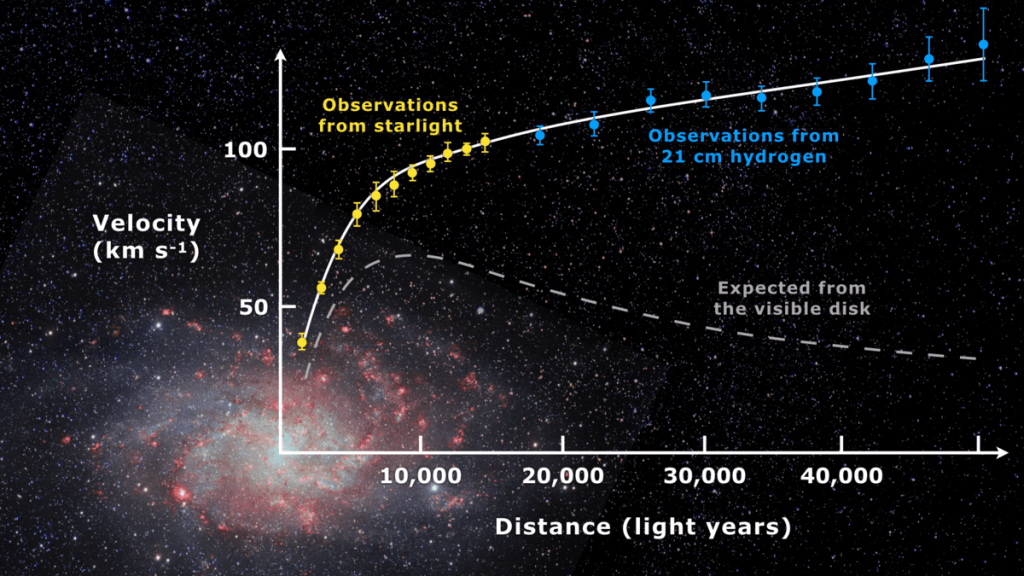
11. Gaia mapping the Milky Way
Astronomy originated from mapping the night sky, and the most recent comprehensive map comes from the European Space Agency’s Gaia spacecraft. Launched in 2013, Gaia has meticulously documented the positions and motions of approximately a billion nearby stars. This data has enabled researchers to delve into the history of the Milky Way in unprecedented detail. By charting the movements of these stars, Gaia has provided valuable insights that enhance our understanding of the Milky Way’s evolution.
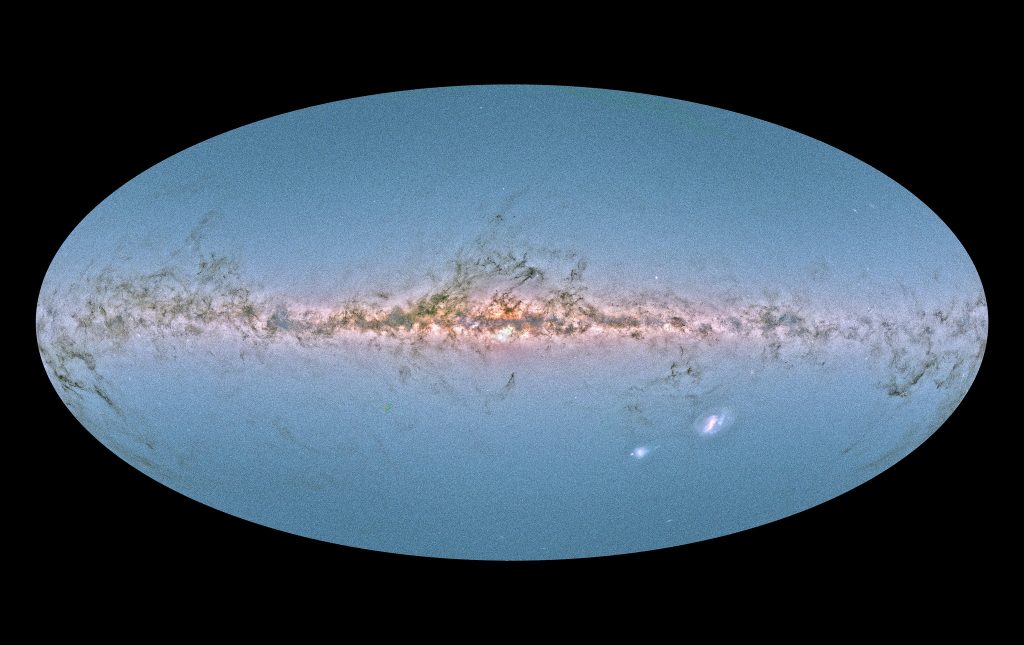
Image Source: Stuart Rankin
12. Water jets over Enceladus
Cassini’s flybys of Saturn’s moon Enceladus, beginning in 2005, revolutionized our understanding of this small celestial body. During its passes over the moon’s south pole, Cassini traveled through water fountains, revealing the presence of an ocean beneath the icy exterior. These fountains, responsible for Saturn’s faint E-ring, identified Enceladus as a prime candidate for life in our solar system. This once-overlooked moon is now considered one of the most promising places to search for potential life. It highlights the significance of Cassini’s discoveries during its exploratory mission.
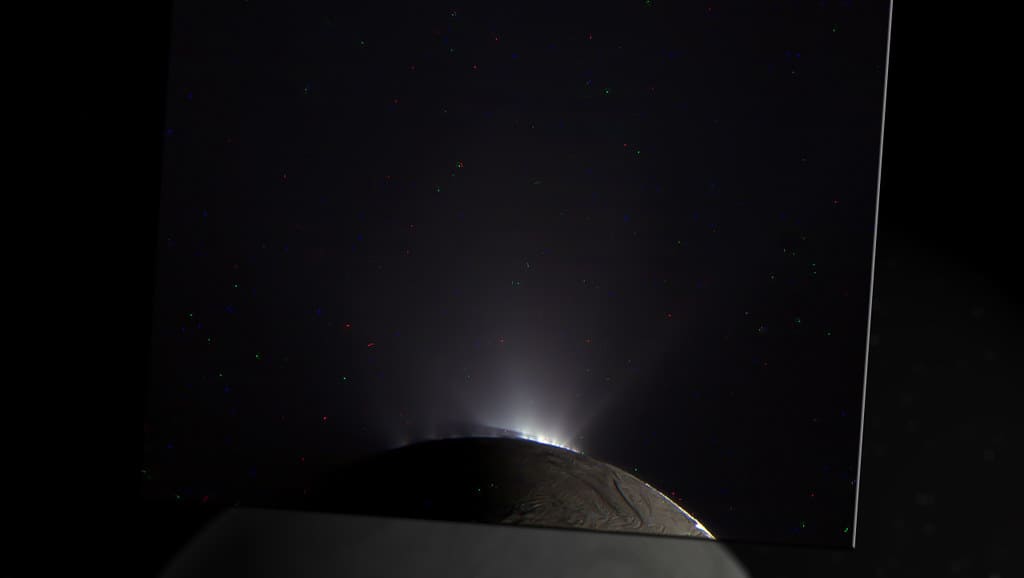
Image Source: 2di7 & titanio44
13. Methane on Mars
Mars has been the focus of numerous missions in recent decades, providing an interesting narrative about its history. Scientific endeavors have confirmed its ancient existence as a water-rich planet with oceans and lakes, presenting favorable conditions for life. However, new mysteries have surfaced. Notably, the sporadic detection of methane by the Curiosity rover since 2013, contrasts with its absence from orbital observations. The origin of this methane remains uncertain—whether it indicates sub-surface life with methane-producing bacteria, stems from geological processes, or is a result of instrumentation or contaminants.
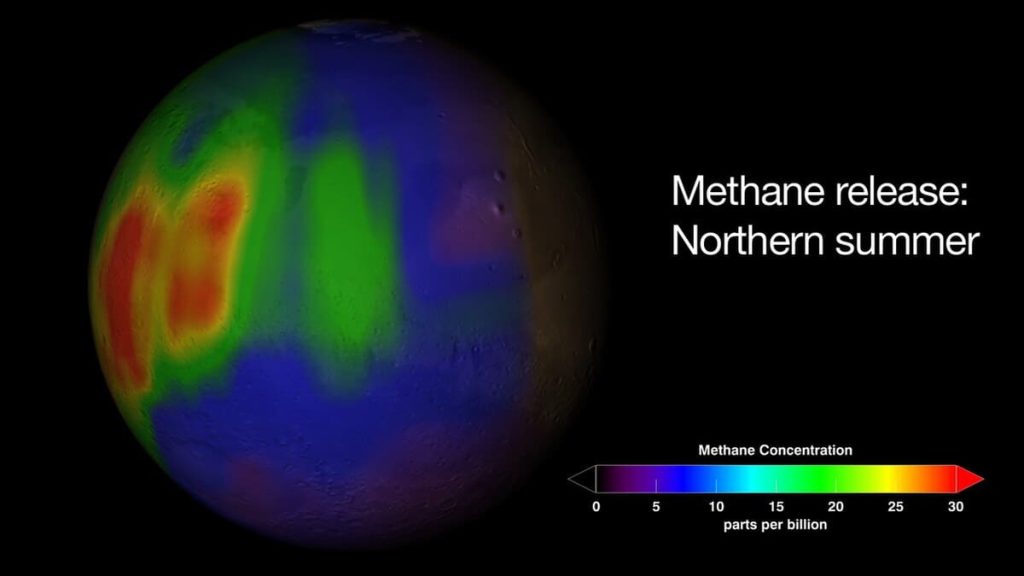
Image Source: Wikipedia
14. New Horizons flies by Pluto
Dr. Alan Stern led the team that created and sent the New Horizons mission to explore Pluto. This mission marked the end of American exploration across the main bodies in our Solar System. The pictures of Pluto’s interesting and surprisingly complicated surface, captured during its flyby on July 14, 2015, were incredible. Dr. Stern and his team amazed the world with these images, showing us a side of Pluto that fascinated everyone. The mission not only completed a big journey in space exploration but also revealed a lot about the unique and complex features of Pluto, making it a remarkable moment in scientific history.
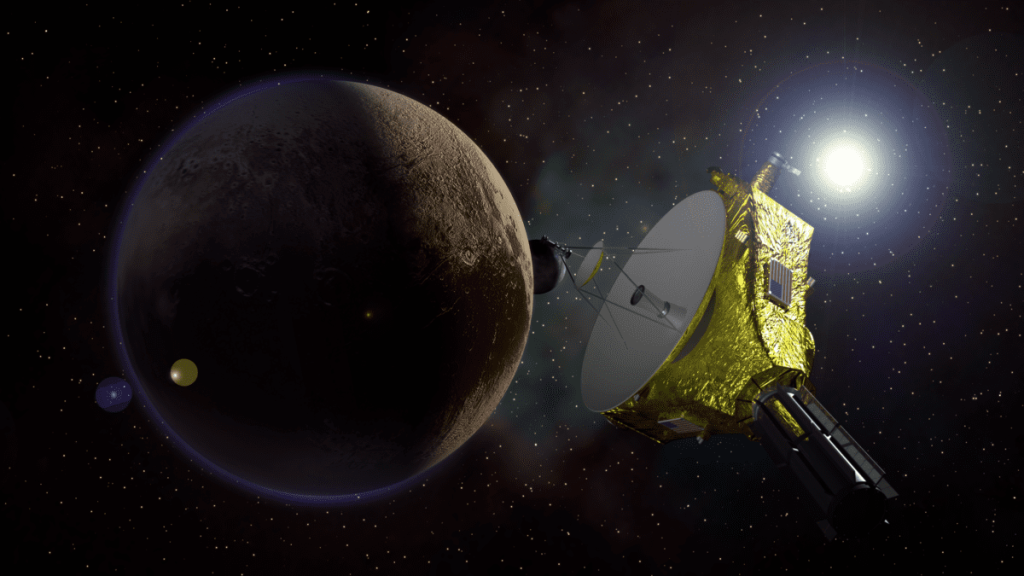
Image Source: Wikimedia
15. Phosphine on Venus
It might be a bit of a debate, but this is a discovery in 2020 by Professor Jane Greaves and her team. They found phosphine molecules high up in Venus’s atmosphere. On Earth, we only see phosphine because of living things, so this discovery could, I say, mean there might be life on Venus, which was a surprise. Some scientists have questioned the results, but we have to wait for more information to be sure. New data is on the way, and that will help settle the debate about whether there’s something special happening on Venus.
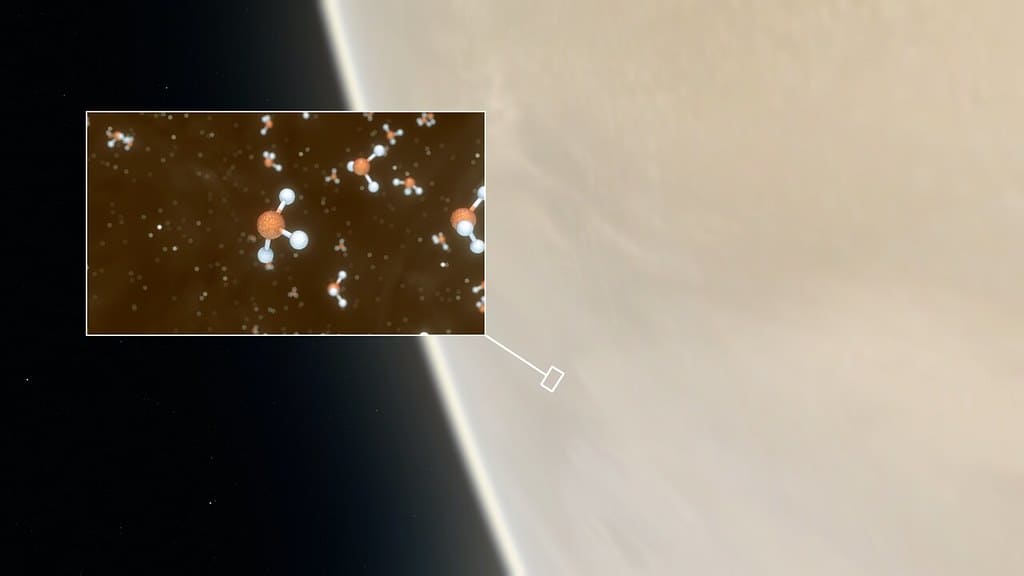
Image Source: European Southern Observatory
16. Radio bursts
Back in 2007, Duncan Lorimer and David Narkevic were checking old data from the Parkes radio telescope in Australia. They didn’t expect a big discovery, but they found something huge – the ‘Lorimer burst’ from 2001. This burst turned out to be the first fast radio burst (FRB) ever identified. Now we know FRBs come from faraway galaxies and might happen when neutron stars collide or interact with really big stars. It’s a bit like solving a space mystery, and this discovery by Lorimer and Narkevic in old telescope data turned out to be one of the most exciting things in science for a long time.
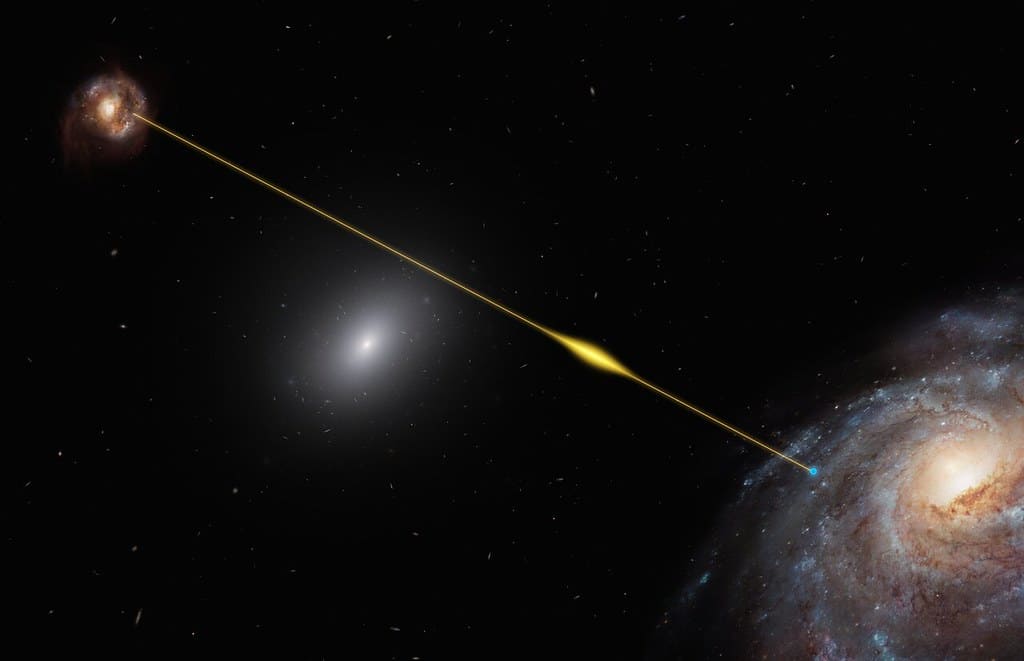
Image Source: European Southern Observatory
17. The Hubble tension
The Hubble ‘tension’ is like a puzzle where scientists disagree about how fast the universe is expanding. They look at nearby stuff and faraway things, and the speeds don’t match up. It’s like saying your speed in your neighborhood is different from when you started your journey. This mystery might give us clues about how we measure things, but right now, no one has the perfect answer. It’s a bit like saying, “I don’t know,” and scientists are working hard to figure it out. This tension in understanding the universe’s speed is a tricky problem that keeps scientists curious and searching for answers.

Image Source: Linkedin
18. Cosmic Microwave Background
The Cosmic Microwave Background (CMB) is one of the space and astronomy discoveries that is like the coolest trace of the very first light that could roam across the whole Universe. It’s like a fossil from the oldest time, emitted shortly after the ‘Big Bang.’ This special radiation is the farthest thing any telescope can spy on. Scientists see it as an echo or a kind of ‘shockwave’ from that enormous explosion we call the Big Bang. It’s like catching a whisper from the very beginning of everything and studying the CMB helps us understand the ancient history and origins of our vast Universe.
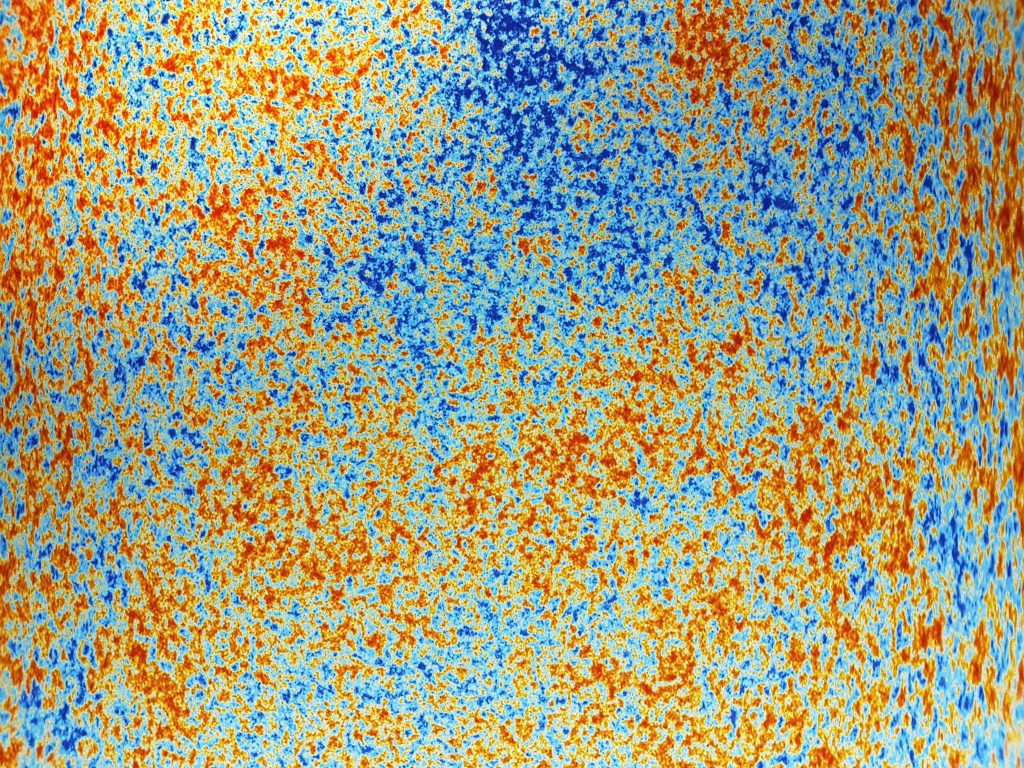
Image Source: Juan José Sánchez
19. Gravitational waves
In 2015, the Laser Interferometer Gravitational-Wave Observatory (LIGO) made amazing space and astronomy discoveries, proving Albert Einstein’s ideas right after four decades of hard work. LIGO found tiny ripples in space-time, like waves, showing us wild events in the Universe. Imagine two black holes crashing in a galaxy super far away, 1.3 billion lightyears from us. This was a huge win for experimental physics and opened a new way to see the Universe. It’s a big deal for 21st-century physics, telling us about crazy, powerful happenings out there. LIGO’s work is a triumph that helps us understand the secrets of the cosmos.
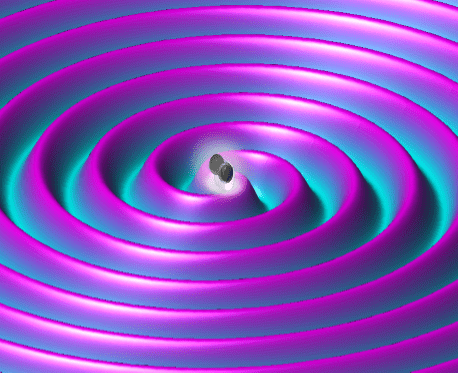
Image Source: Wikimedia
20. Rocks on Mars
Since its arrival on Mars on February 18, 2021, the Perseverance mission has been diligently searching for signs of ancient Martian life. Engineers have equipped the rover with advanced cameras to assist the mission team in identifying rocks worthy of investigation. Among the notable discoveries is “Harbor Seal Rock”. It is a distinctively shaped formation likely shaped by the Martian wind over an extended period. Throughout the year, Perseverance has successfully gathered various rock samples, which will be retrieved by the space agency for analysis in the future.
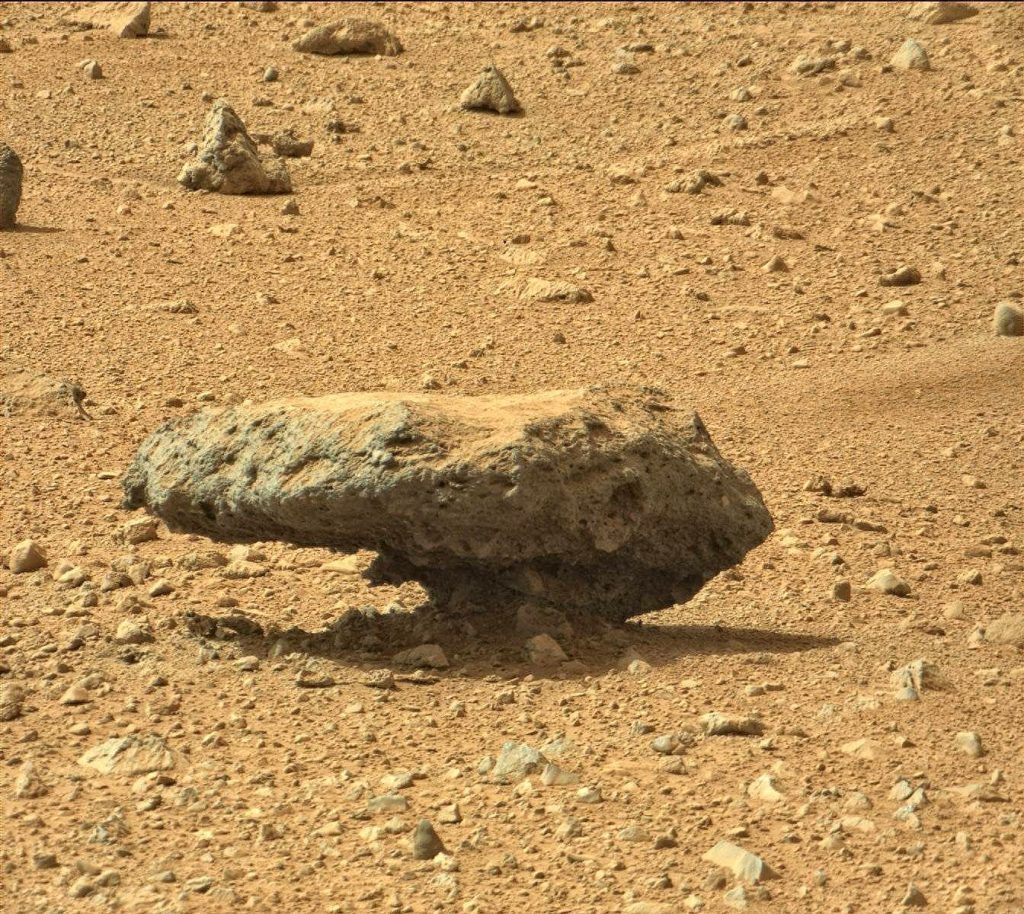
Image Source: Stuart Rankin
This is the list of amazing 20 space and astronomy discoveries of the 21st century. Kindly share and post your comments.

